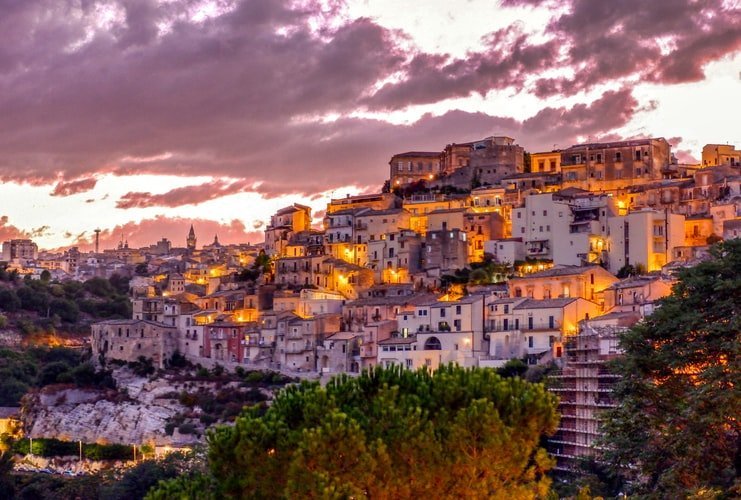History, Pottery and the Art Biennale in Gwangju
 Gwangju Metropolitan City is the sixth largest city with 1.4 million people in just the Jeollanam province on the west side of Korea. It’s on the other side of the country from Seoul and requires a 3.5 hour bus ride to reach. The city holds an annual Kimchi Festival that draws visitors from all over the country, and was one of the host cities for the 2002 FIFA World Cup.
Gwang (광,光) means “light”, Ju (주,州) means “province”. The major tourist attractions in Gwangju are Mt. Mudeungsan Provincial Park, major cultural festivals including the Gwangju Kimchi Festival and Gwangju Biennale. Gwangju Gossaumnori (a Korean traditional game) has been designated as intangible cultural assets.
Gwangju Metropolitan City is the sixth largest city with 1.4 million people in just the Jeollanam province on the west side of Korea. It’s on the other side of the country from Seoul and requires a 3.5 hour bus ride to reach. The city holds an annual Kimchi Festival that draws visitors from all over the country, and was one of the host cities for the 2002 FIFA World Cup.
Gwang (광,光) means “light”, Ju (주,州) means “province”. The major tourist attractions in Gwangju are Mt. Mudeungsan Provincial Park, major cultural festivals including the Gwangju Kimchi Festival and Gwangju Biennale. Gwangju Gossaumnori (a Korean traditional game) has been designated as intangible cultural assets.
May 18th National Cemetery:
The May 18th National Cemetery, located in front of Mt. Mudeungsan, is the symbol of freedom and democracy and has the graves of victims during the contention for democracy in May 1980. On May 18th, 1980 the Korean Army massacred a few hundred people in Gwangju and the surrounding era. A few months earlier there was a military coup and a new dictatorship took over the country and imposed martial law. As the many students and Koreans were “pro-democracy”, an outcry of protests broke out around the country. The unfortunate part is, that the protest were all harmless and the military broke the silence by opening fire on the crowd in response to their growing mass. Over the course of a week the civilian army and the Korean army were fighting. In the end, the Korean Army won and many innocent people died. The incident was covered up and all that were found guilty of protesting and causing civil unrest were jailed, executed or tortured. The cover up was not discovered until the late 80’s - early 90’s when Korea officially became a democracy and an investigation was done to justify the case. For more information you can search '5.18 Massacre'. The National Cemetery was built in order to honor the dead and place the bodies of all the victims together to remember why they must remain democratic and as a symbol for the future of the Korean. May 18th became a national holiday of commemorating our desire for democracy.
Gwangju National Museum:
This museum collects and preserves the cultural relics and then the exhibits are divided into 7 areas according to time period and type. Pottery was born in this city, so if you want to see the transition process from the Cheongja of Goryeo Period to Joseon Period's Buncheongsagi and Baekja, head over to the Goryeo Pottery Exhibit Hall. It is possible to witness the entire process of pottery manufacturing at once. You can also see pottery at the Joseon Buncheongsagi, Baekja Hall.
Gwangju Biennale Art Exhibits:
The Gwangju Biennale was Asia's first contemporary art biennale. The purpose of the Gwangju Biennale is globalization of art and to respect diversity rather than uniformity. More than 500 artists and performers from 60 countries, and a modest contingent of foreign curators and critics descended on this provincial capital. In doing so the Gwangju Biennale has provided the space in which to explore the changing nature of international artistic networks, and to examine new modes of artistic subjectivity and conditions of contemporary cultural production that extend beyond national borders or focus on regional modes of identification. The Gwangju Biennale has today assumed a dialectical position in debates focused on the task of reorienting the axis of cultural and institutional networks of contemporary art. The Gwangju Biennale deliberately positions itself as a resolutely global, open-ended exhibition model dedicated to serving as a discursive site for critical works of contemporary art and providing innovative curatorial interfaces for artistic and cultural production.





